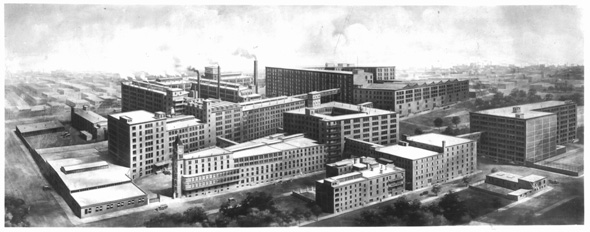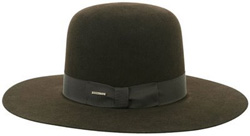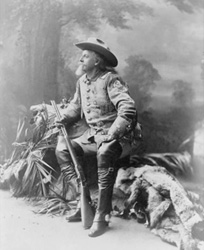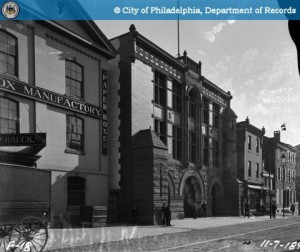CALLING ALL RESTAURATEURS // We're Accepting Restaurant Proposals for 3rd Ward Philadelphia
 Jan 4, 2012 Tweet
Jan 4, 2012 Tweet
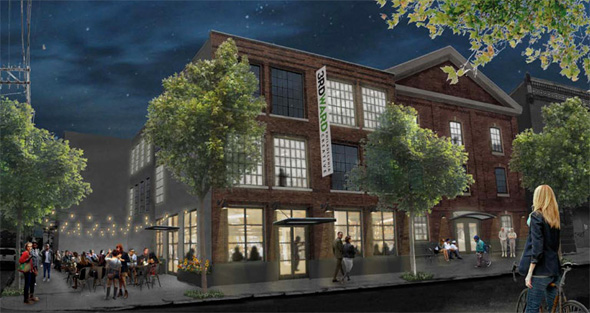
Do you know someone who might want to open a restaurant in Philly? If so, send them our way this week.
3rd Ward's new location in the City of Brotherly Love's Northern Liberties/Old Kensington neighborhood, which is scheduled to open this summer, will feature a restaurant, and that fine establishment could be yours. Just imagine: your very own restaurant, with over 2,000 square feet of interior space, 1,000 more for potential outdoor seating, and shared event space. And you'll also have the rare opportunity to open, grow and thrive alongside 3rd Ward's vibrant creative community. Members work up quite an appetite while pursuing their many amazing endeavors, and its usually hard to pry them away from their projects and passions, so there'll surely be plenty of appetites to satiate.
We need letters of intent for all proposals by this Friday, January 6, and final proposals are due on February 3. We're excited to hear about your dream restaurant. Let's build this together.
And, for some additional inspiration, hit the jump to check out behind-the-scenes images of 3rd Ward Philadelphia as it begins to take shape.
The second floor after being sandblasted.
Evaluating the third floor ceiling medallion, a masterpiece and icon-in-the-making, for restoration
Newly excavated elevator pit for brand-new building elevator.
Wall demolition and putting up steel for the shop.
Welding steel beams on top of the shop to create new structural support for green roof.
Welding more steel beams for the shop.
-- John Ruscher

